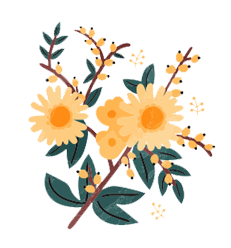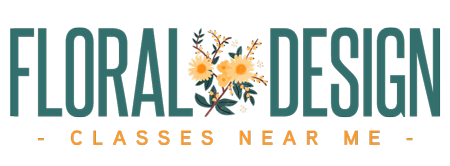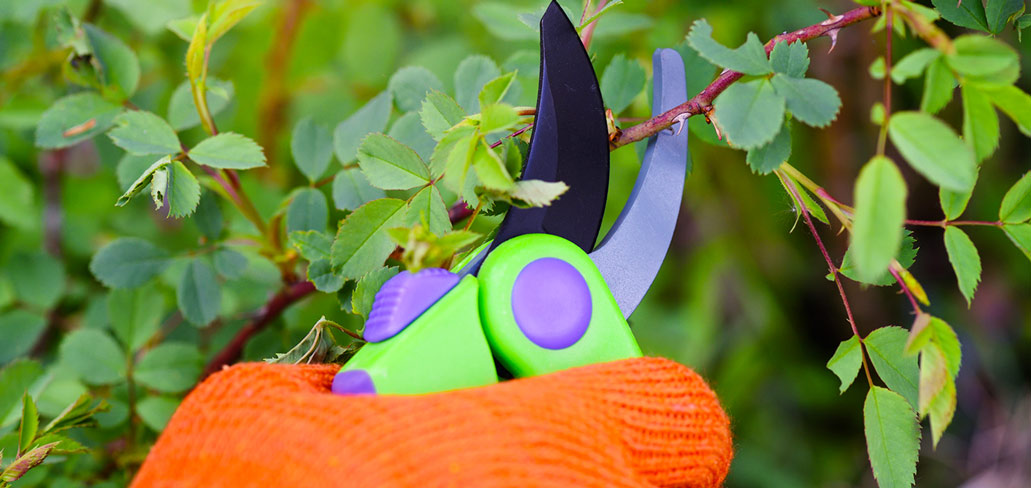Essential Tools Every Floral Designer Needs
Floral design is a beautiful and creative art form, but like any craft, it requires the right tools and supplies to achieve stunning results. Whether you’re just starting out or looking to refine your floral skills, having the essential tools on hand is key to creating beautiful, long-lasting arrangements. In this beginner’s guide, we’ll walk you through the must-have tools every floral designer needs to kick-start their journey into the world of flowers.
Floral Scissors or Shears
One of the most important tools in any floral designer’s kit is a pair of sharp, high-quality floral scissors or shears. These tools are designed specifically for cutting flowers, stems, and greenery without causing damage to the plant material. Look for scissors with a comfortable grip and a durable, rust-resistant blade.
-
Why you need them: Regular scissors can crush or damage delicate flowers, but floral shears are made to cut cleanly and precisely, helping you achieve clean stems and longer-lasting blooms.
-
Tip: Keep your shears clean and sharpened to ensure smooth cuts and maintain the longevity of your tools.
Floral Foam
Floral foam, also known as oasis, is a vital tool for creating stable and structured floral arrangements. It helps hold flowers in place and provides hydration to the stems, keeping them fresh for longer.
-
Why you need it: Floral foam provides a stable base for your flowers and allows you to create complex arrangements that stand up on their own.
-
Tip: When using floral foam, always soak it in water before inserting your flowers, as this will prevent them from wilting prematurely.
Floral Tape
Floral tape is a versatile tool that helps bind stems together and secure flowers in arrangements. It’s also perfect for wrapping floral foam or creating grids for vase designs. Available in a variety of colors, including green and clear, floral tape is a must-have for ensuring stability in your arrangements.
-
Why you need it: Floral tape helps keep everything in place and allows you to create intricate, professional-looking designs that don’t fall apart.
-
Tip: When using floral tape to create a grid for a vase, start by taping across the top of the vase and continue creating a grid pattern. This will give each stem its own space and prevent overcrowding.
Flower Food
Flower food is a solution that helps prolong the life of your flowers by providing essential nutrients and stabilizing water. While it’s not a tool in the traditional sense, it’s an essential item for keeping your floral arrangements fresh and vibrant.
-
Why you need it: Flower food helps extend the life of your blooms by providing them with the necessary nutrients they need to stay hydrated and fresh.
-
Tip: If you don’t have flower food on hand, you can make a DIY solution by mixing one part lemon-lime soda, one part water, and a pinch of sugar.
Floral Wire
Floral wire is an incredibly useful tool for adding support and structure to your arrangements. It can be used to reinforce weak stems, create floral corsages, or secure flowers into a bouquet. Available in different gauges, floral wire is flexible yet strong enough to hold flowers and greenery in place.
-
Why you need it: Floral wire is essential for creating professional-looking bouquets, corsages, boutonnieres, and for securing flowers that might not have sturdy stems on their own.
-
Tip: For delicate flowers, use a thinner gauge wire to avoid damaging the stems. For larger flowers, such as roses or lilies, use a thicker wire for extra support.
Vases and Containers
A variety of vases and containers is essential for creating different types of arrangements. Whether you’re designing centerpieces, bouquets, or standing sprays, having a range of vases in different shapes and sizes is crucial.
-
Why you need them: The right container helps showcase your arrangement and can greatly enhance the overall aesthetic of the design.
-
Tip: Choose vases with wide openings for larger arrangements and narrower openings for more compact designs. Consider using vintage or creative containers for unique, personal designs.
Pruning Knife
While floral scissors are perfect for cutting stems, a pruning knife is often necessary for larger, woodier stems like branches or thicker floral materials. The sharp blade allows you to make clean cuts, and the ergonomic handle offers better control.
-
Why you need it: Pruning knives are essential for working with larger floral materials, ensuring that the stems are properly trimmed for both aesthetic and functional purposes.
-
Tip: Always use the pruning knife to cut at an angle, allowing the stem to absorb water more effectively.
Floral Pins
Floral pins are small, straight pins used to hold flowers in place in foam or to secure flowers in boutonnieres, corsages, and other floral accessories. These pins are an important tool for adding precision to your designs.
-
Why you need it: Floral pins help keep individual flowers in place without damaging the petals or stems, especially when working with delicate arrangements or accessories.
-
Tip: Choose pins that are specifically designed for floral use, as they are coated to prevent rusting and corrosion.
Wire Cutters
In addition to floral wire, wire cutters are an essential tool for cutting and trimming floral wire and other thick stems. They provide a clean, precise cut without crushing the wire, making them a great tool for both structural and decorative purposes.
-
Why you need them: Wire cutters allow you to work with floral wire and other hard materials with ease, without damaging the design.
-
Tip: Keep your wire cutters sharp and clean for best results.
Floral Ribbon
Floral ribbon is perfect for adding the finishing touch to your arrangements. Whether you’re creating a bouquet, a wreath, or a gift arrangement, ribbon can add texture, color, and an elegant touch to your designs.
-
Why you need it: Ribbons are often used to wrap bouquets, add bows to arrangements, or decorate vases and containers. They add a personalized and polished touch to any design.
-
Tip: Choose ribbons that complement the colors of your arrangement. Satin, grosgrain, and organza ribbons all work beautifully in different floral designs.
Flower Arranging Foam Holders and Supports
For larger or more intricate designs, foam holders and supports are necessary to stabilize your arrangement. These accessories work hand in hand with floral foam to ensure the flowers remain securely positioned throughout the duration of the event.
-
Why you need it: These supports help hold your foam and floral materials in place, preventing your arrangement from shifting or collapsing.
-
Tip: Use these supports for taller arrangements or when working with heavy flowers like sunflowers or lilies.
Whether you’re just beginning to explore the world of floral design or you’re looking to enhance your collection of tools, these essentials will set you up for success. By investing in quality tools like floral scissors, floral foam, wire cutters, and more, you’ll be well on your way to creating beautiful, professional floral arrangements. As you continue practicing and refining your skills, remember that the tools you use can make a big difference in the overall quality of your designs. Happy designing!




